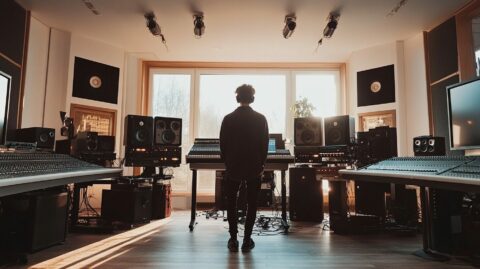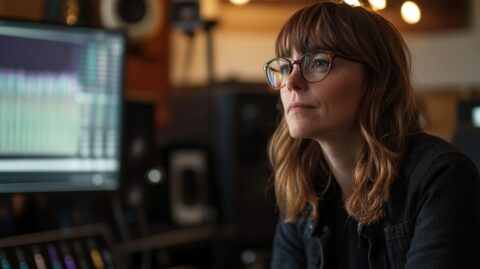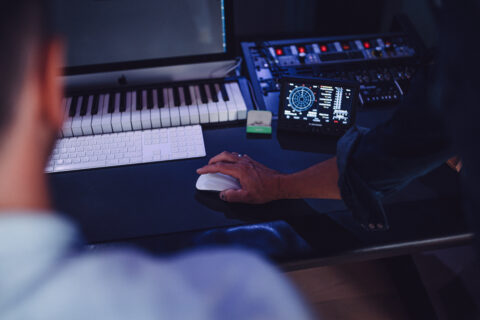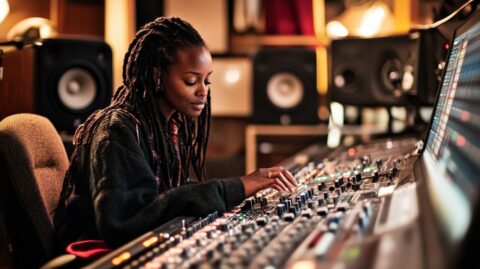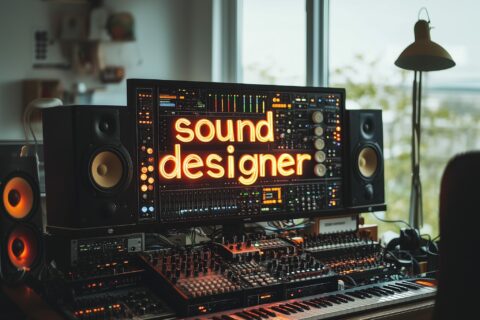Sound design is an essential discipline in many creative fields, from cinema and video games to advertising and music. But what exactly is a sound designer, and what is his or her role in the sound production chain? In this article, we take a closer look at the profession of sound designer, its missions and skills, and its importance in various sectors.
What is a sound designer’s job?
Defining sound design
Sound design is the art of creating, manipulating and integrating sounds to enrich an audiovisual work. Whether for a film, a video game, a commercial or an art installation, the sound designer works to create a sound atmosphere that supports and amplifies the experience. The term “sound designer” therefore refers to a professional who masters the art of designing soundscapes, using a variety of sound processing tools and techniques. He or she is both technician and artist.
The sound designer’s missions
The tasks of a sound designer can vary depending on the project, but generally include sound effects design, mixing and mastering of audio tracks, and sometimes musical composition. In some cases, the sound designer works closely with an art director to ensure that the project’s sound objectives are met. The sound designer must also take into account all the needs of the project, whether in terms of technical constraints, artistic objectives or customer expectations. In short, the sound designer’s job is a demanding one, requiring great creativity and advanced technical mastery.
The skills you need to become a sound designer
To succeed as a sound designer, it’s crucial to possess a wide range of technical and artistic skills. Sound designers must be comfortable with computer-aided music (CAM) software such as Pro Tools, Ableton Live, or Logic Pro, and have a solid understanding of mixing and mastering techniques. In addition to technical skills, creativity, curiosity and the ability to work as part of a team are essential to meet the expectations of clients and artistic directors.
